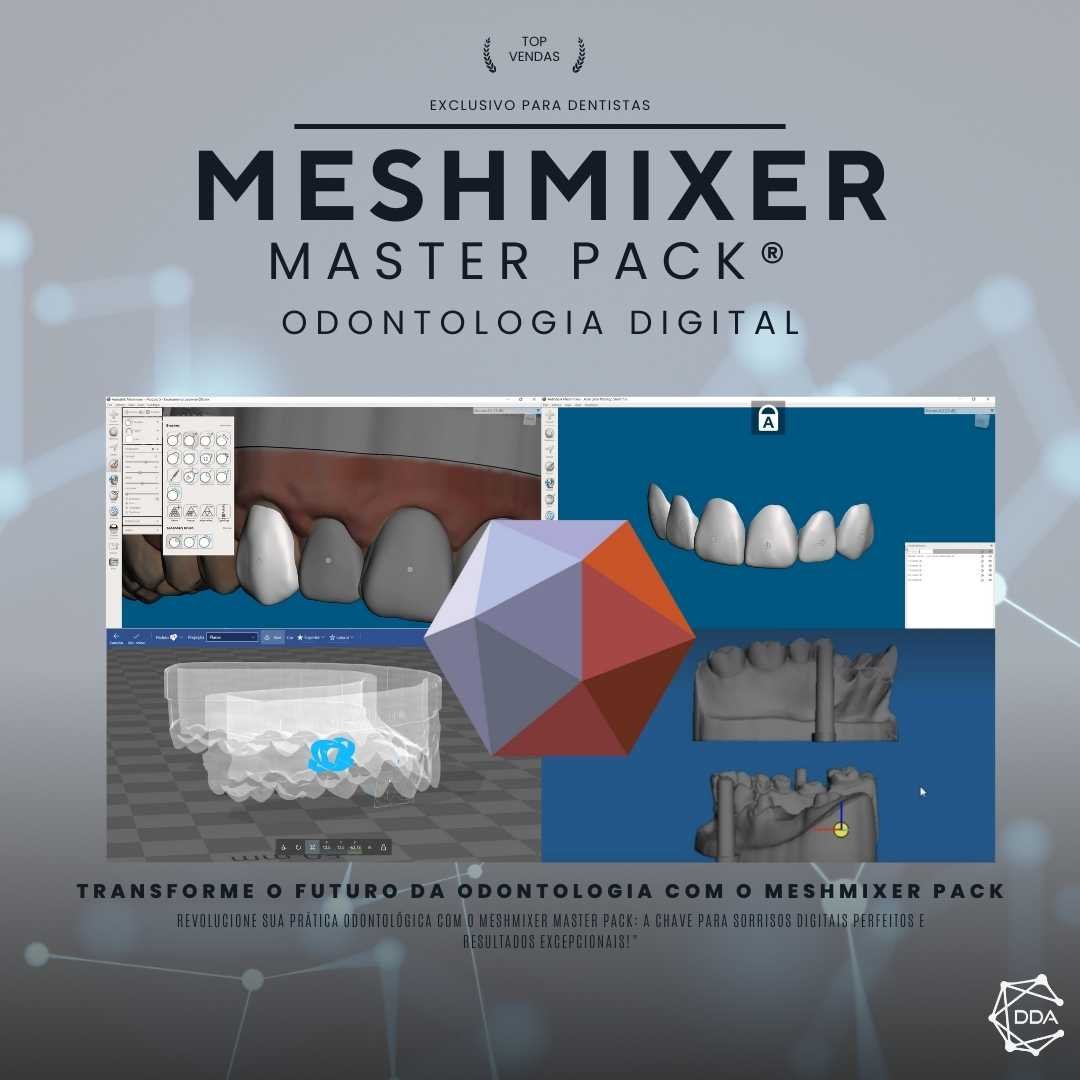What is Bone Atrophy?
Bone atrophy is a condition characterized by the loss of bone mass, resulting in brittle and weakened bones. This condition can affect any bone in the body, but it most commonly occurs in weight-bearing bones, such as the bones of the spine, hips, and wrists. Bone atrophy is a significant concern as it increases the risk of fractures and can lead to serious complications.
Causes of Bone Atrophy
Bone atrophy can be caused by a variety of factors, including:
1. Aging
Aging is one of the main risk factors for bone atrophy. As we age, our bones tend to lose density and become more fragile. This occurs due to a decrease in the production of new bone cells and an increase in bone resorption. Postmenopausal women are particularly susceptible to bone atrophy due to decreased levels of estrogen, which plays an important role in maintaining bone density.
2. Sedentary lifestyle
Lack of regular physical activity can contribute to bone atrophy. Physical exercise stimulates the formation of new bone cells and strengthens existing bones. Lack of exercise, on the other hand, leads to loss of bone mass and weakening of bones. People who spend most of their time sitting or resting have a higher risk of developing bone atrophy.
3. Poor diet
Nutrition plays a crucial role in bone health. A diet low in calcium, vitamin D and other essential nutrients can lead to bone atrophy. Calcium is necessary for the formation and maintenance of bones, while vitamin D helps with calcium absorption. A lack of these nutrients can result in weak bones that are prone to fractures.
4. Illnesses and medical conditions
Some diseases and medical conditions can increase the risk of bone atrophy. For example, osteoporosis is a condition in which bones become brittle and prone to fractures. Other conditions, such as rheumatoid arthritis and Cushing's disease, can also negatively affect bone health. Additionally, certain medications, such as corticosteroids and some cancer treatments, can contribute to bone loss.
Symptoms of Bone Atrophy
Symptoms of bone atrophy can vary depending on the severity of the condition. Some of the most common symptoms include:
1. Bone pain
Bone pain is a common symptom of bone atrophy. Loss of bone mass can lead to increased pressure on joints and bones, resulting in pain and discomfort.
2. Frequent fractures
Due to the fragility of bones, people with bone atrophy have an increased risk of fractures. These fractures can occur with minimal injuries or even for no apparent reason.
3. Decreased height
Bone atrophy in the spine can lead to a decrease in height. This occurs because the loss of bone mass causes the vertebrae to compress, resulting in a hunched posture.
Treatment of Bone Atrophy
Treatment of bone atrophy usually involves a multifaceted approach, aiming to prevent further loss of bone mass, strengthen existing bones, and reduce the risk of fractures. Some of the common treatment methods include:
1. Medicines
There are several medications available for treating bone atrophy. Some medications help slow bone loss, while others stimulate the formation of new bone cells. The type of medication prescribed will depend on the severity of the condition and other individual factors.
2. Nutritional supplements
Calcium and vitamin D supplementation may be recommended for people with bone atrophy. These nutrients are essential for bone health and can help strengthen bones and prevent further loss of bone mass.
3. Physical exercise
Regular exercise, especially those that involve weight bearing, can help strengthen bones and prevent bone atrophy. Exercises such as walking, running, weight lifting and yoga are beneficial for bone health.
4. Balanced diet
A balanced diet rich in calcium, vitamin D and other essential nutrients is essential for bone health. Foods such as milk, cheese, yogurt, fatty fish, eggs and green leafy vegetables are good sources of calcium and vitamin D.
Conclusion
Bone atrophy is a serious condition that can lead to significant complications such as fractures and decreased quality of life. It is important to adopt preventive measures, such as a balanced diet, regular exercise and, if necessary, the use of medications and nutritional supplements. Consulting a specialist doctor is essential for the correct diagnosis and development of an appropriate treatment plan.


